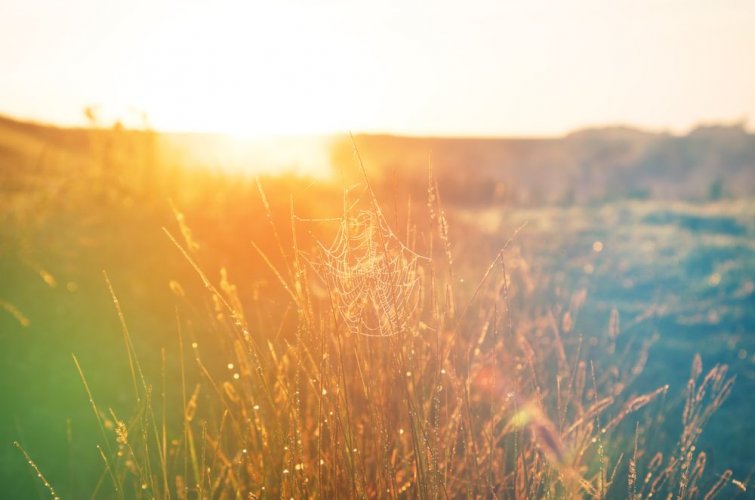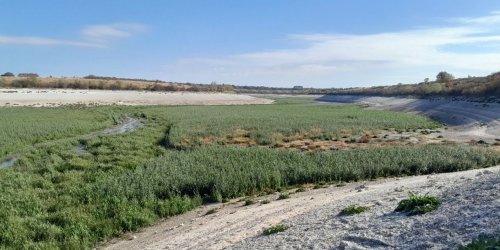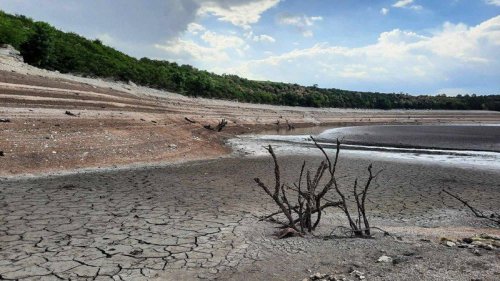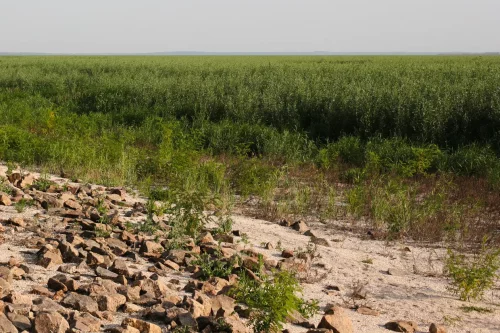About 30% of the territory of the former Kakhovka Reservoir is overgrown with willow forest, which will continue to grow.
This was reported by the Ukrainian Nature Conservation Group (UNGG) on Facebook.
The environmental group organized the first expedition to the former Kakhovka Reservoir in 2024. Scientists were able to see the reservoir bottom actively overgrown with successfully overwintered willows. According to environmentalists, this year the area of willow forests at the bottom of the reservoir will expand.
"Already today, the forest occupies at least 30% of the territory of the former reservoir. But taking into account the powerful irrigation that will take place at the bottom of the reservoir this spring, the soil has become moist. Therefore, I think that in April and May, the next batch of willow seeds will occupy those areas that have not yet are occupied by willow forests," said Ivan Moysienko, a member of the board of the Ukrainian Nature Protection Group, Doctor of Biological Sciences.
The scientist emphasizes that willow forests perform an important ecological function. Willow growth at the bottom of the former reservoir reaches a height of 2-3 meters in 4.5 months, and thanks to this, a large amount of carbon dioxide is absorbed. The willow forest also actively saturates the atmosphere with oxygen and performs many other ecosystem functions.
"This is a very important factor in compensating for the damage that our nature has suffered from the war. Taking into account the enormous growth rates that we have observed, today these willow forests at the bottom of the former Kakhovsky Reservoir have already absorbed millions of tons of carbon dioxide," Moisienko says.
According to the biologist, willow coastal forests are the habitats of Resolution No. 4 of the Berne Convention, which actually turn into places of formation of a rare biotope. Now they occupy about 30% of the territory of the Kakhov reservoir, which means more than 60 thousand hectares of new biotope.
Earlier, EcoPolitic wrote, that two months after the occupiers blew up the Kakhovskaya HPP, the reservoir was completely shallowed, and its bottom was covered with numerous canals and lakes.
Previously, EcoPolitics analyzed what is currently happening at the shallowed Kahovsky Reservoir and what its future might be.
The bottom of the shallowed Kahovsky Reservoir is overgrown with various grasses.





